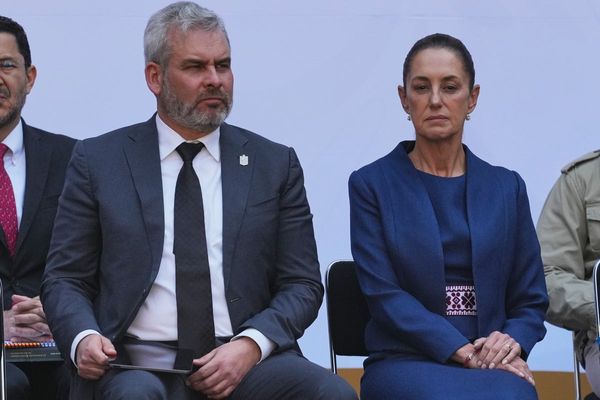
On Thursday, Eli Lilly and Co. (NYSE:LLY) said it will sharply increase the list price of its weight-loss and type 2 diabetes drug Mounjaro (tirzepatide) in the United Kingdom.
The moves underscore growing competition with Danish rival Novo Nordisk A/S (NYSE:NVO) in the lucrative obesity drug market.
Starting in September, Lilly will raise the U.K. list price for Mounjaro’s highest monthly dose from 122 pounds to 330 pounds, a 170% jump, bringing it in line with prices in other European markets.
Also Read: Eli Lilly Strikes $1.3 Billion Deal With Superluminal To Develop AI-Driven Obesity Drugs
On Friday, Bank of America Securities (BofA) said Eli Lilly plans to significantly increase GLP-1 drug prices in the U.K., effectively doubling them, although it remains unclear which customers would be affected.
The brokerage added that similar price adjustments are expected in other European markets. In most of these countries, it noted, GLP-1 manufacturers do not have formal pricing agreements with governments, leaving patients to cover the cost out of pocket.
According to analyst Tim Anderson, Lilly’s stated intent is to align with a still-vague “most favored nation” (MFN) pricing concept that has been discussed in recent months.
The policy aim, as framed by the administration, is to raise drug prices outside the U.S. while lowering them domestically, arguing that foreign markets have been “free-riding” on the higher prices charged to American consumers.
Eli Lilly in its press release on Thursday said, “In the U.S., we have taken concrete steps to lower patient costs…”
Analyst Anderson sees little risk that Eli Lilly will meaningfully cut U.S. prices on GLP-1s or other drugs in a way that pressures margins.
The company points to ongoing pricing initiatives, notably its “Lilly Direct” DTC channel for Zepbound and other medicines. Similar moves by peers largely aim to bypass pharmacy benefit managers (PBMs or middlemen), offering prices that match existing net rates to commercial payers, limiting any true price impact.
While DTC may boost access and serve PR purposes, it likely has minimal P&L downside and is most relevant to obesity drugs, not the broader portfolio. Lilly notes it has previously cut insulin prices, but BofA views similar net price reductions for GLP-1s or other products as unlikely.
At most, modest concessions could emerge, but BofA writes any such move would be volume-accretive and net positive for Lilly.
“Investors in the obesity space have grown increasingly nervous. The incumbent (Novo Nordisk) has seen its lead dissolve, and LLY itself has been volatile. GLP1 pricing is perhaps the most topical concern at the moment, but we argue it is likely to be more stable than the bear case anticipates,” BofA wrote in an investor note.
BofA maintains a Buy rating for Eli Lilly with a price forecast of $900, citing outsized growth at a reasonable valuation.
Price Action: LLY stock is trading higher by 0.85% to $690.27 at last check Friday.
Read Next:
Image via Shutterstock







